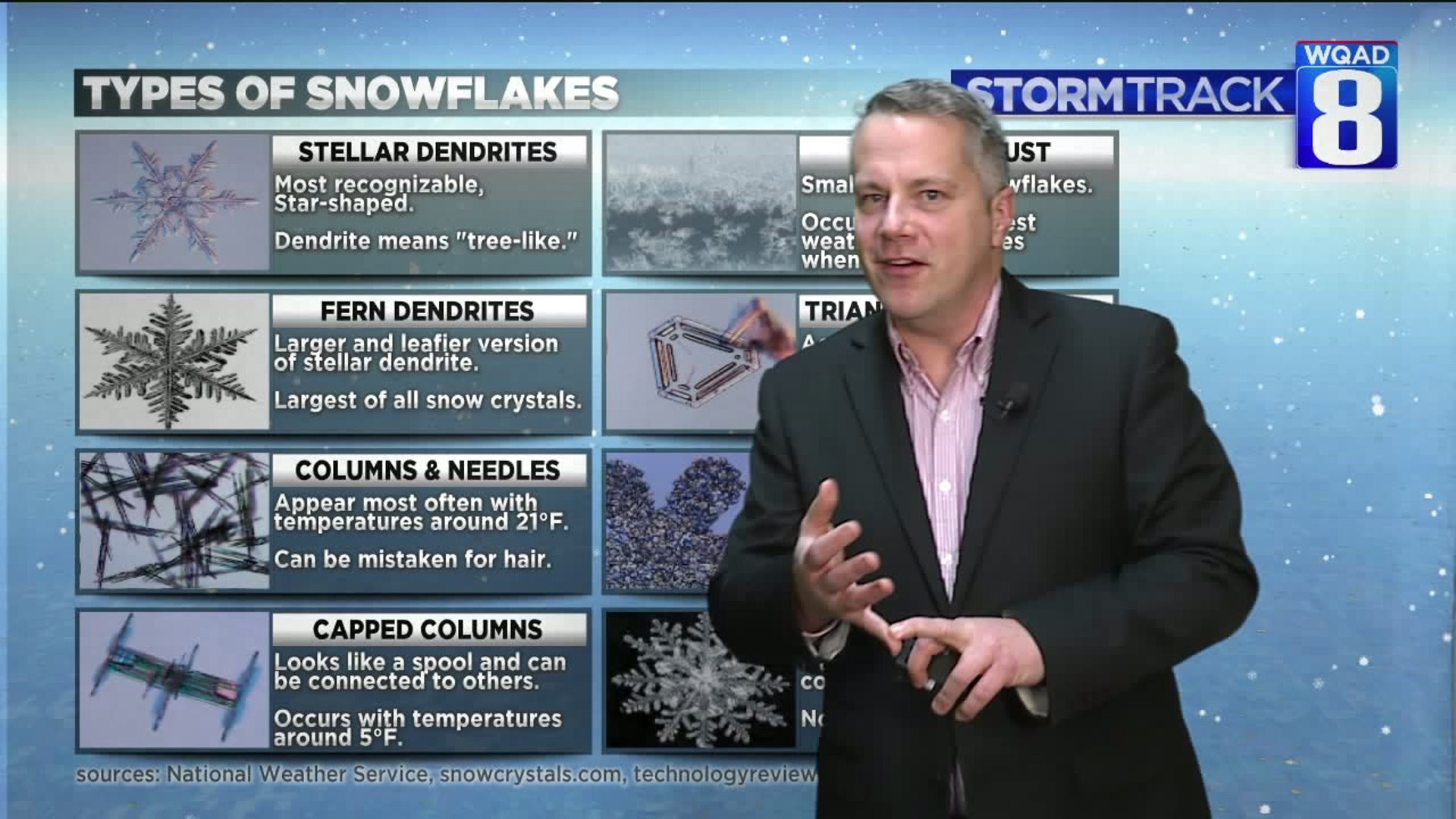MOLINE, Ill. — Snowflakes are frozen water crystals that can never be an exact replica of another. However, snowflakes can be classified into these broader types: dendrites, plates, columns, needles, irregular and rimed forms.
We'll help you learn the traits of each type, so you can tell them apart the next time you catch yourself out in the falling snow.
Dendrites
Dendrites, from the Greek word "dendron" that means "tree," are snowflakes with branches. Each has six symmetrical branches, with smaller branches coming off the main ones. The snowflakes can grow to get as big as 5 millimeters wide and form when temperature is 32 degrees Fahrenheit.
Dendrites can be flat or three-dimensional. Stellar dendrites are flat and look more like the snowflakes typically drawn during the holiday.

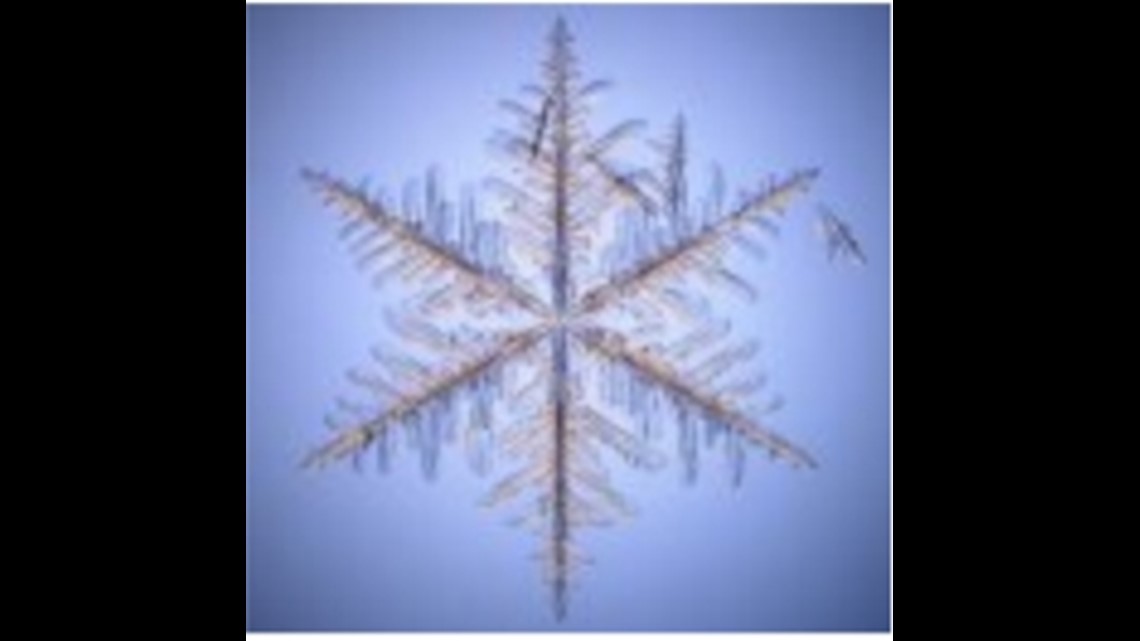
The 3D ones, like spatial dendrites, form when ice crystals are smashed together. While they still have six main branches, they are not symmetrical.

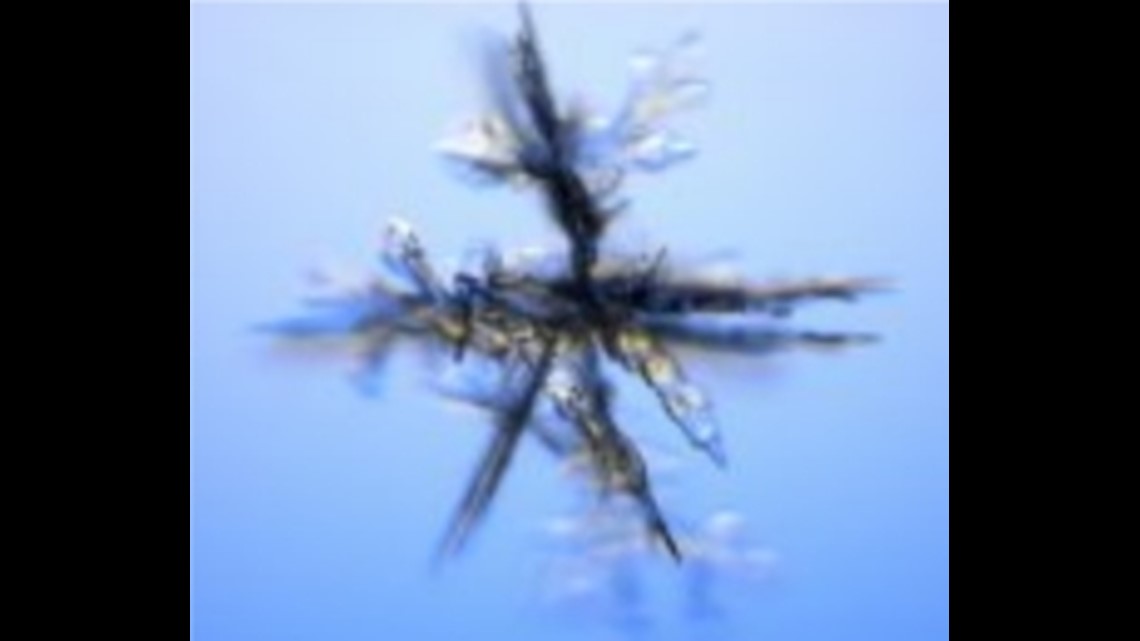
Plates
Plates are like dendrites because they also have six symmetrical sides. However, their arms do not look like branches. They look like plates, which is how they got their name. They don’t have smooth edges like a plate, though. Instead, they are pointy and also form at 32 degrees.


Columns
A common theme when classifying snow crystals, columns got their name due to looking like a column. They are the main flakes seen in many snowfalls. The columns are hexagonal, like a wooden pencil, with cone-shaped openings their ends. They form when the temperature is 21 degrees.

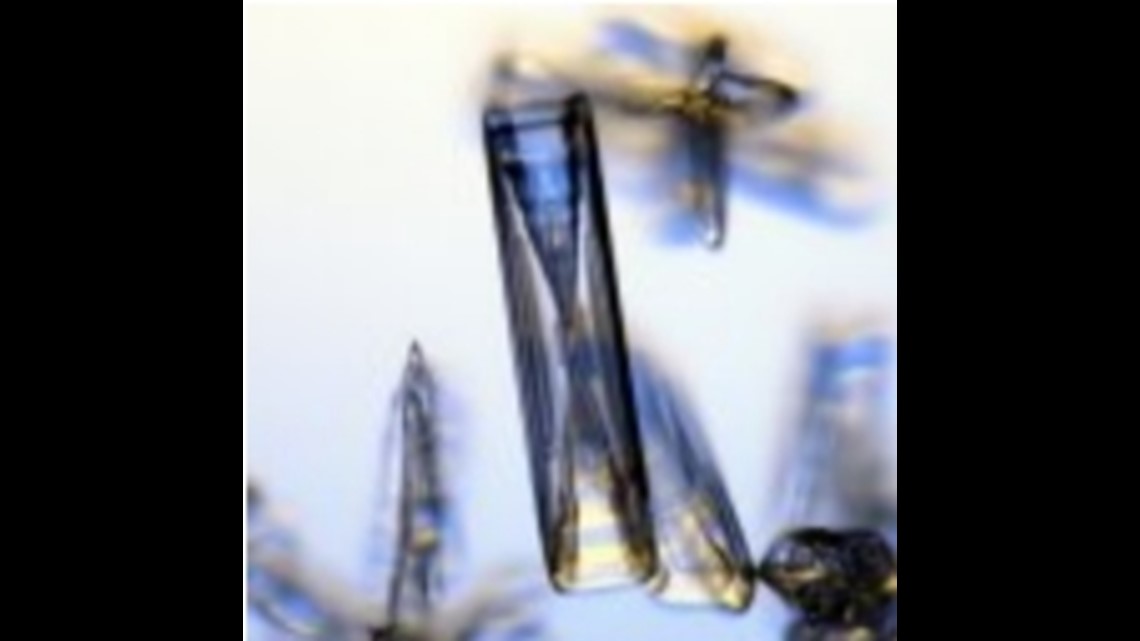
Capped column crystals are unique because they start growing as a column but then switch to plates-like growth due to the flake being blown into an area with a different temperature.


Needles
Needle snow crystals are a continuation of column snow crystals. They form when column crystals continue to grow in length and then out, going from a column shape to a needle. They form when the temperature is 21 degrees.


Irregular
Irregular snow crystals forms when a shape cannot be identified. They do not get the chance to form properly due to the turbulence they experience when coming down from the clouds. Warm snowfall tends to form the most irregular snowflakes. If there is strong wind as well, there is a strong possibility that irregular ice crystals are growing.
Rimed
Rimed crystals can become what we call graupel or soft hail. They from because of the water droplets in a cloud. They form when droplets freeze onto a snow crystal. Snow crystals could only cover a little bit of the crystal or cover it completely. When enough droplets freeze onto the flake that it turns into a ball, it becomes hail or graupel. This can happen to any snow crystals. Its type doesn’t matter.

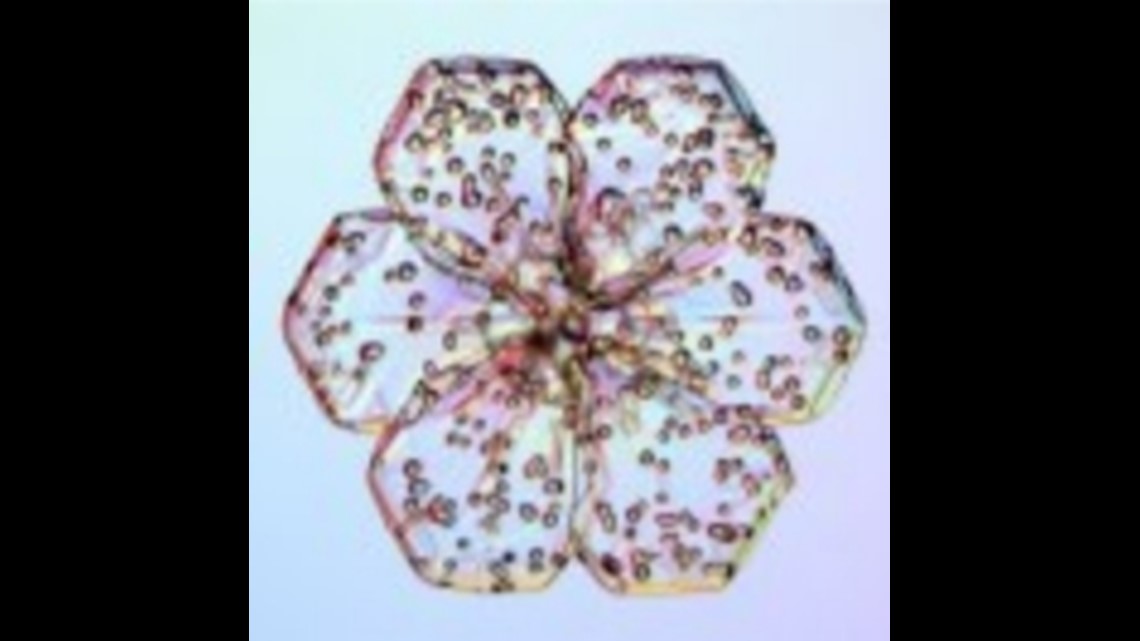

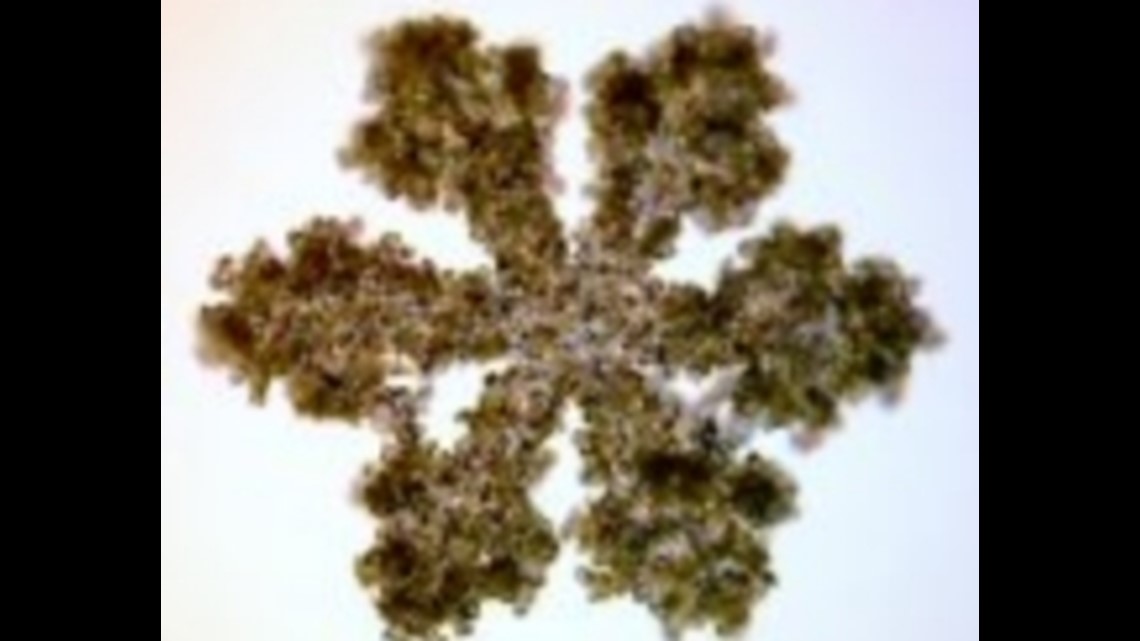
There, of course, are several types of snow classifications that form at different temperatures. These are just the main ones.
If you look closely enough next time it snows, you should now be able to classify them on your own.

